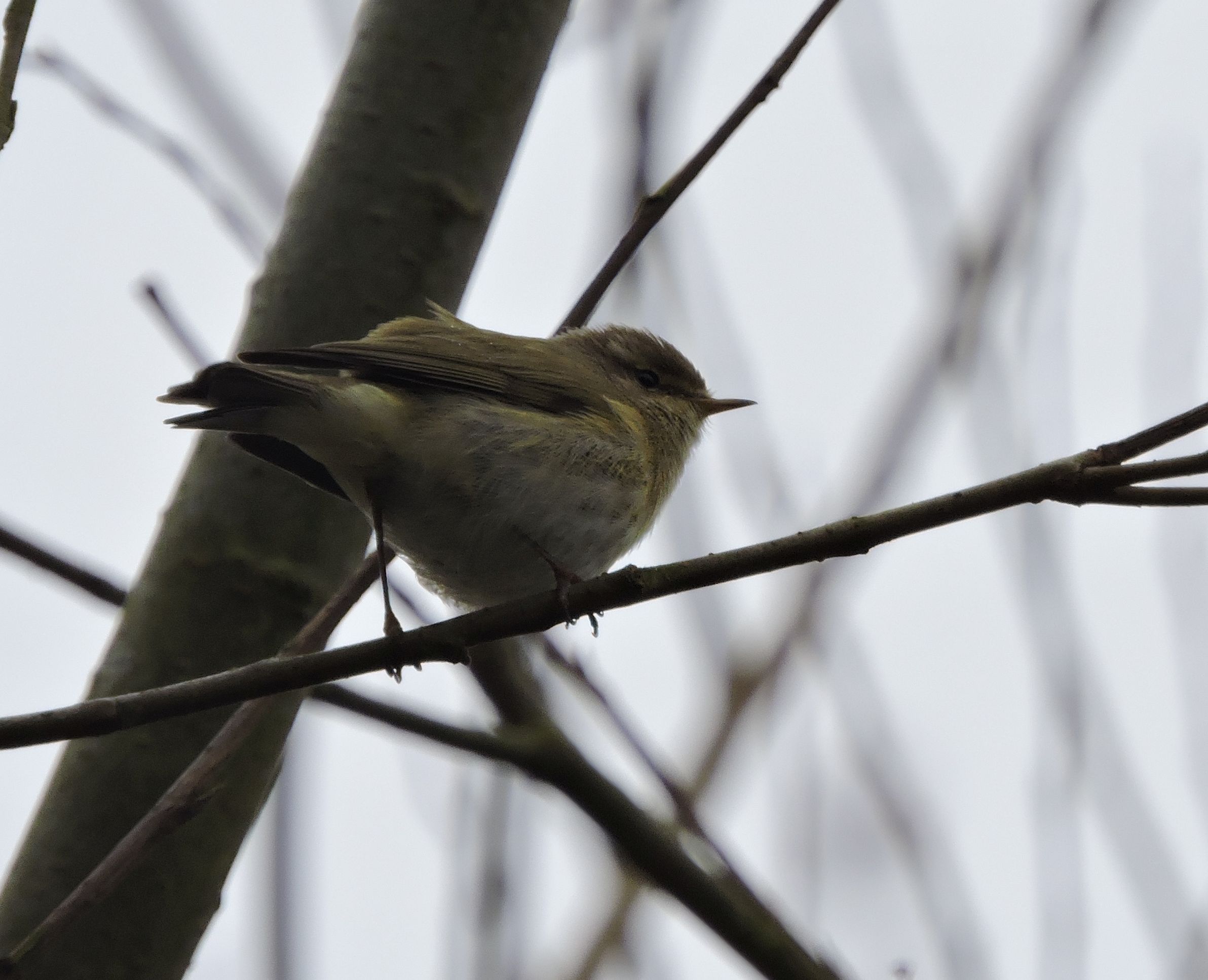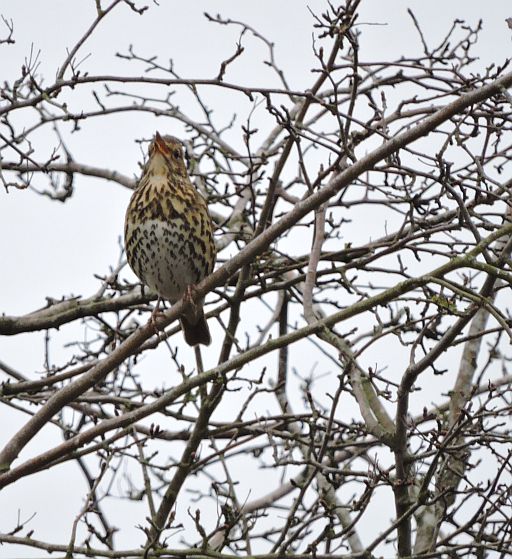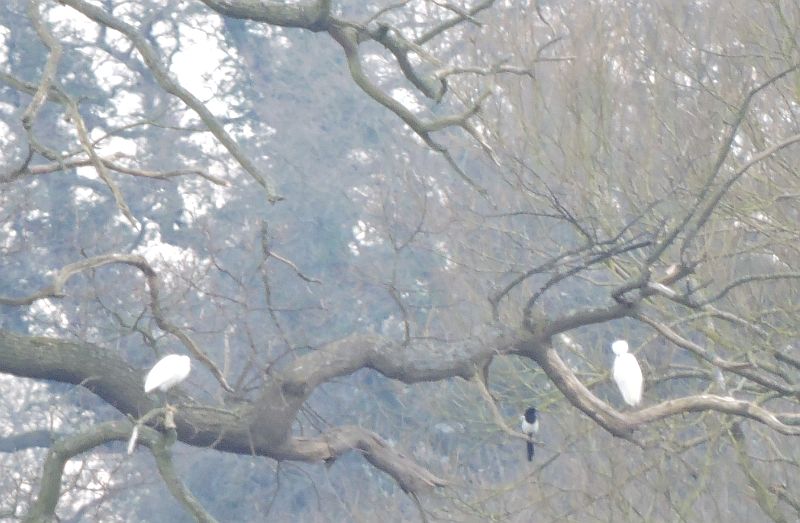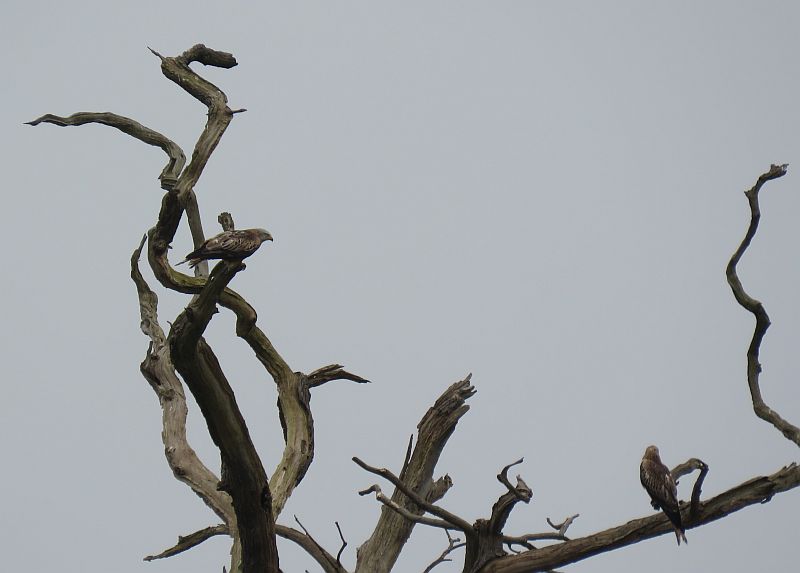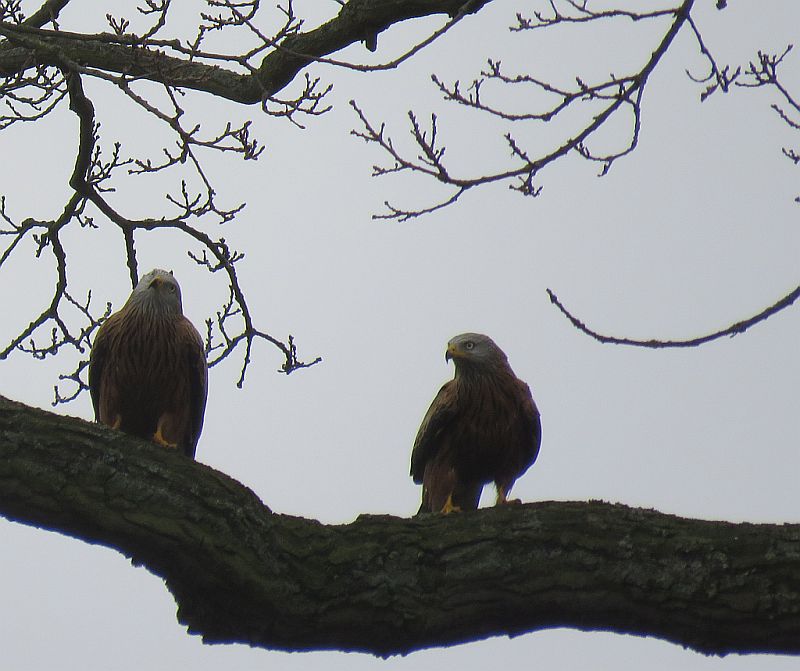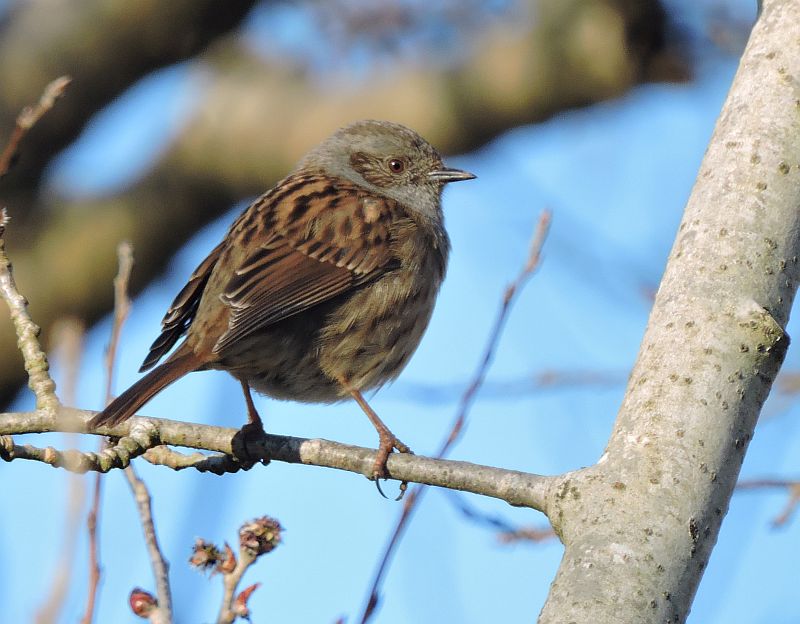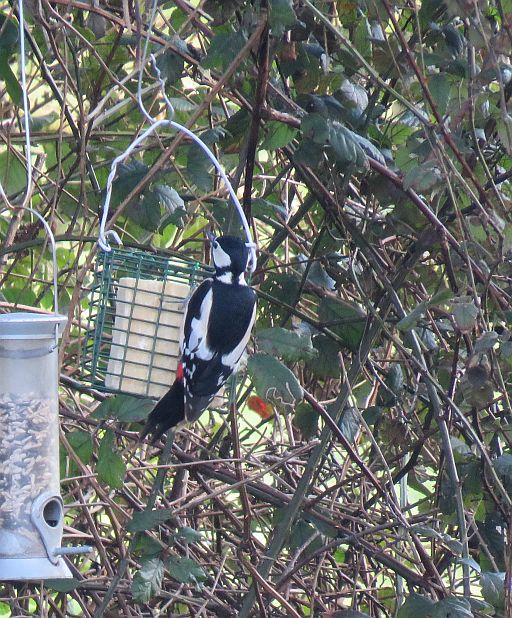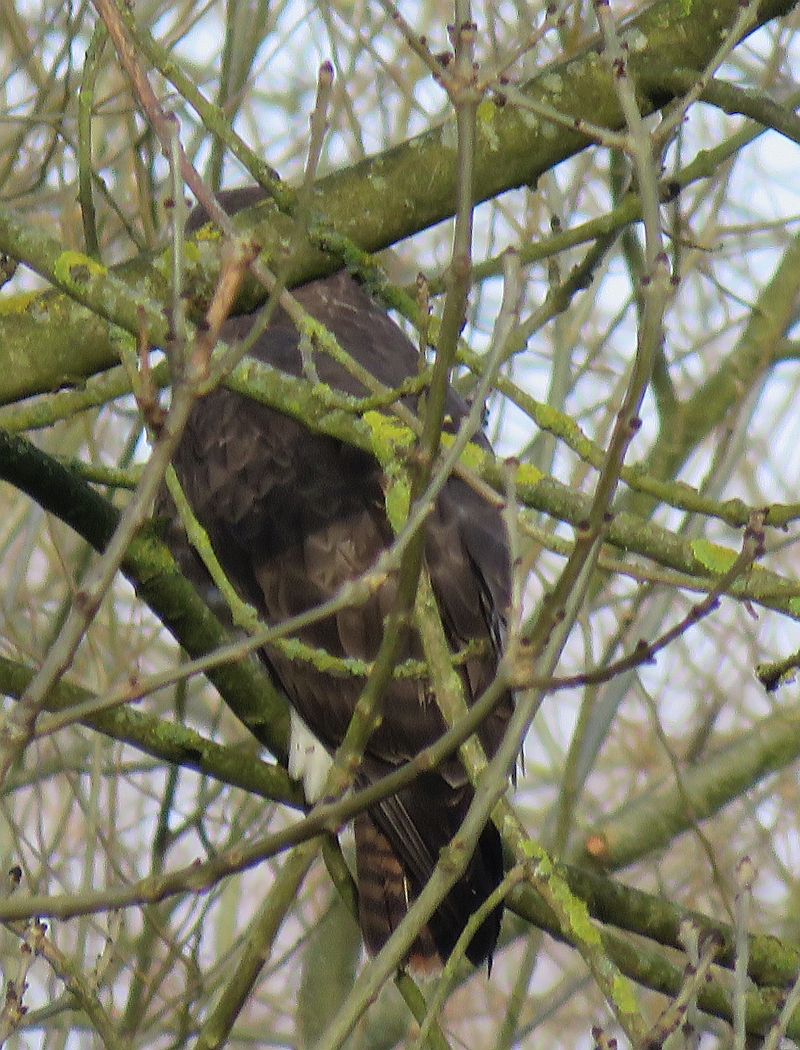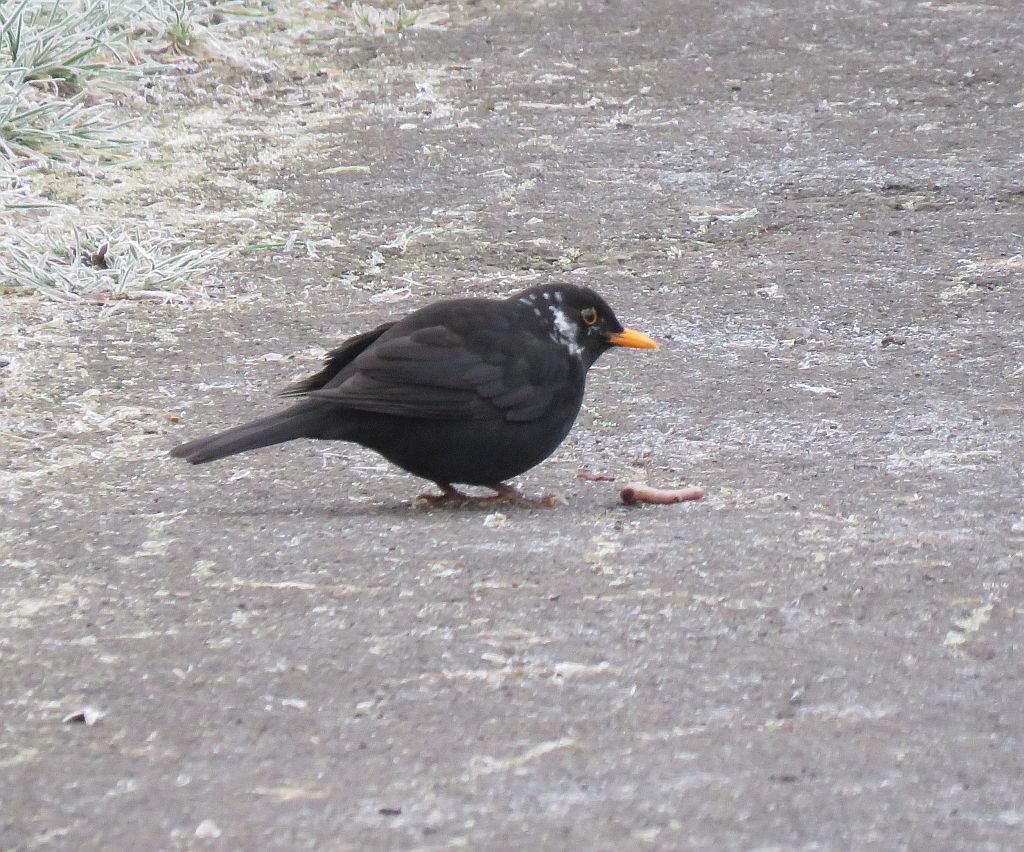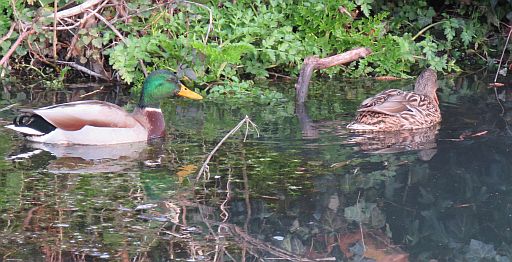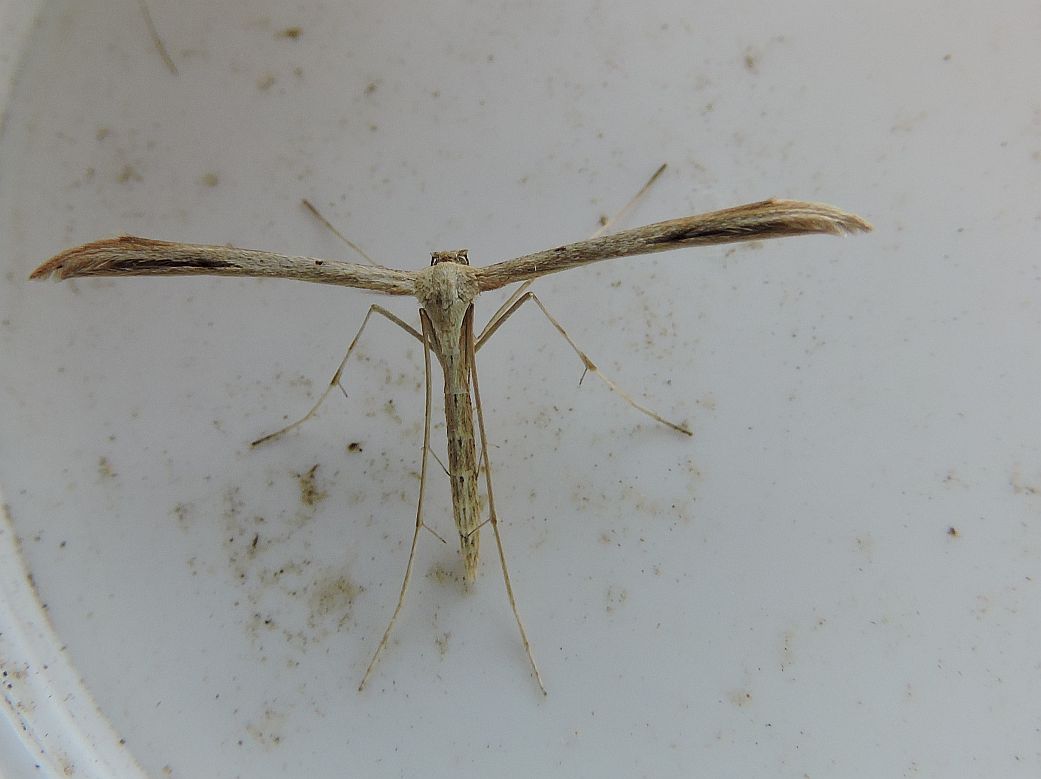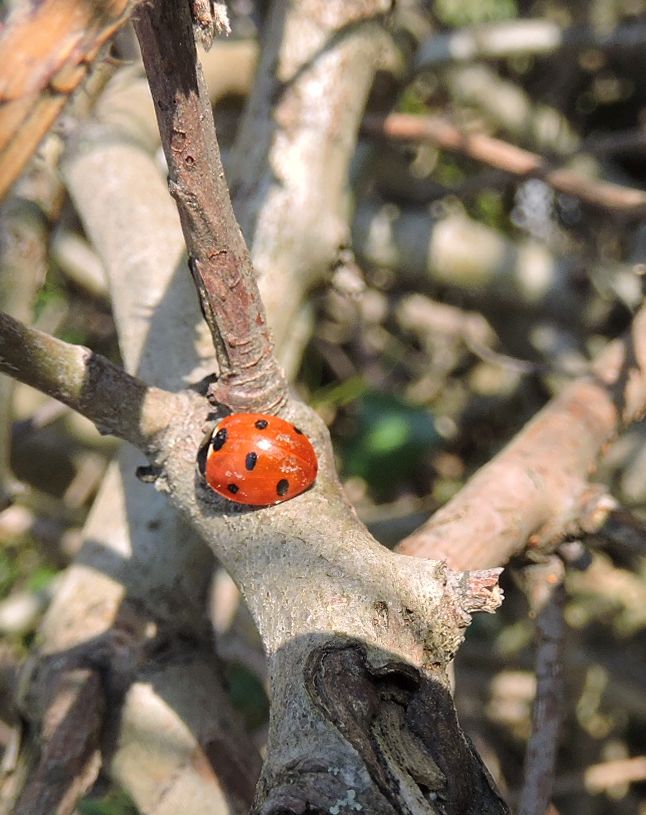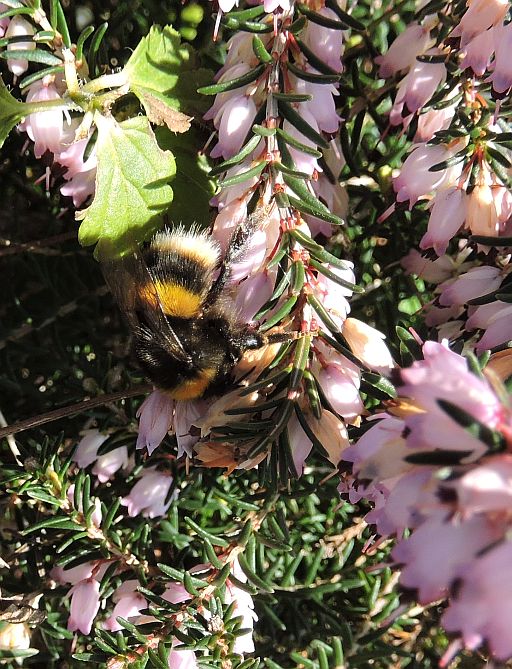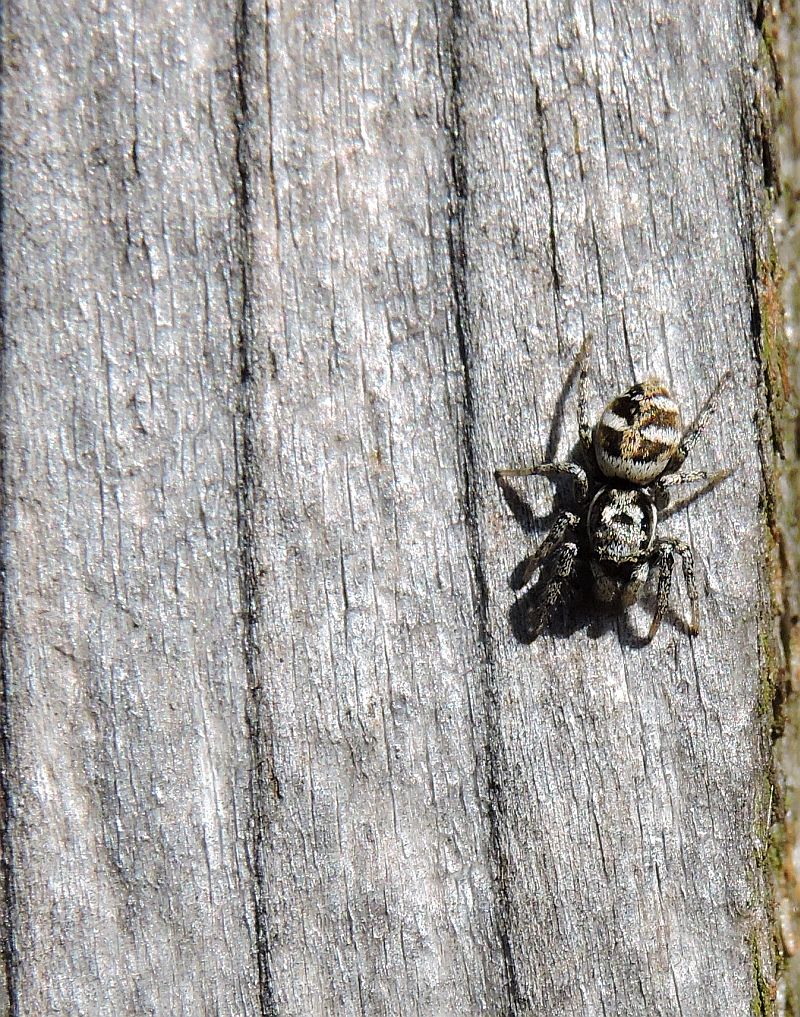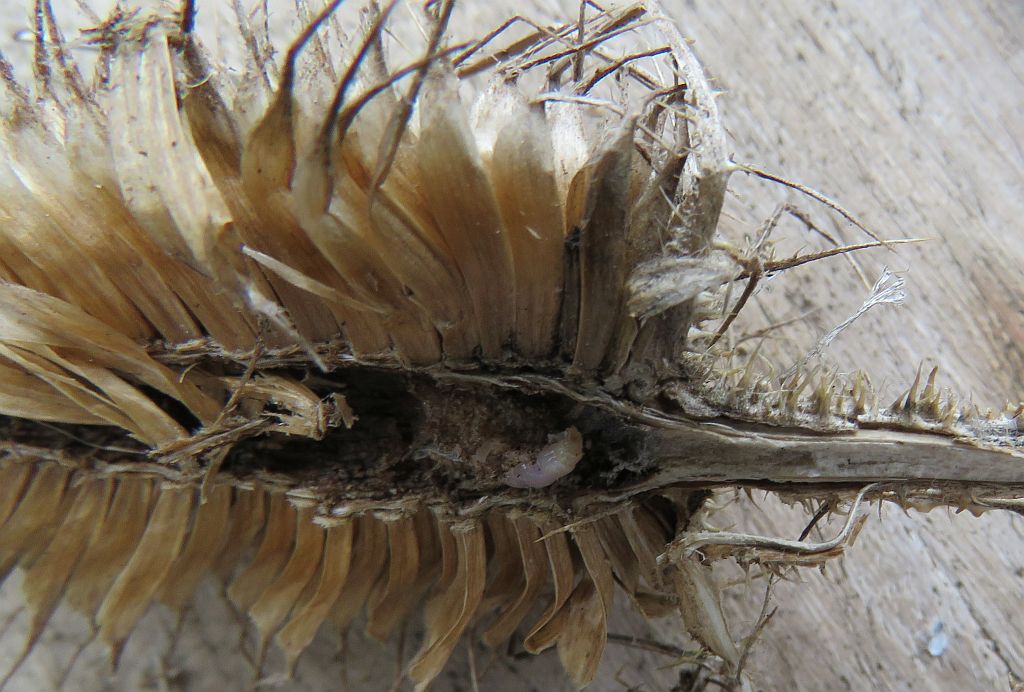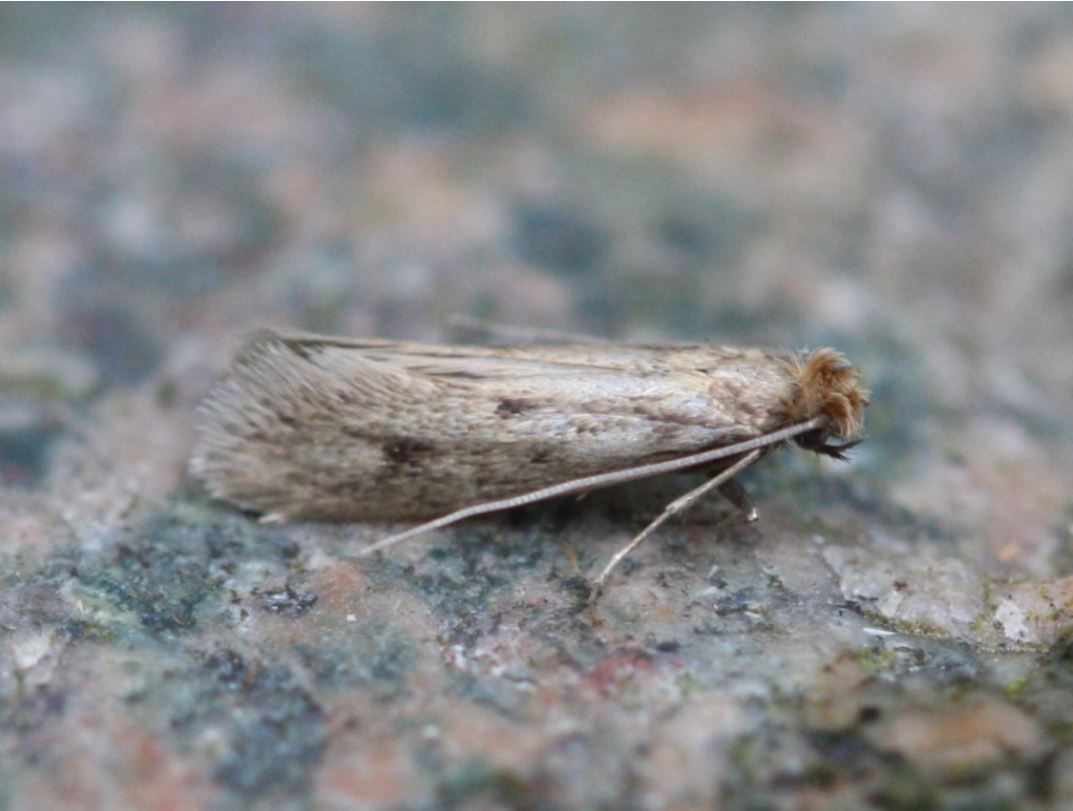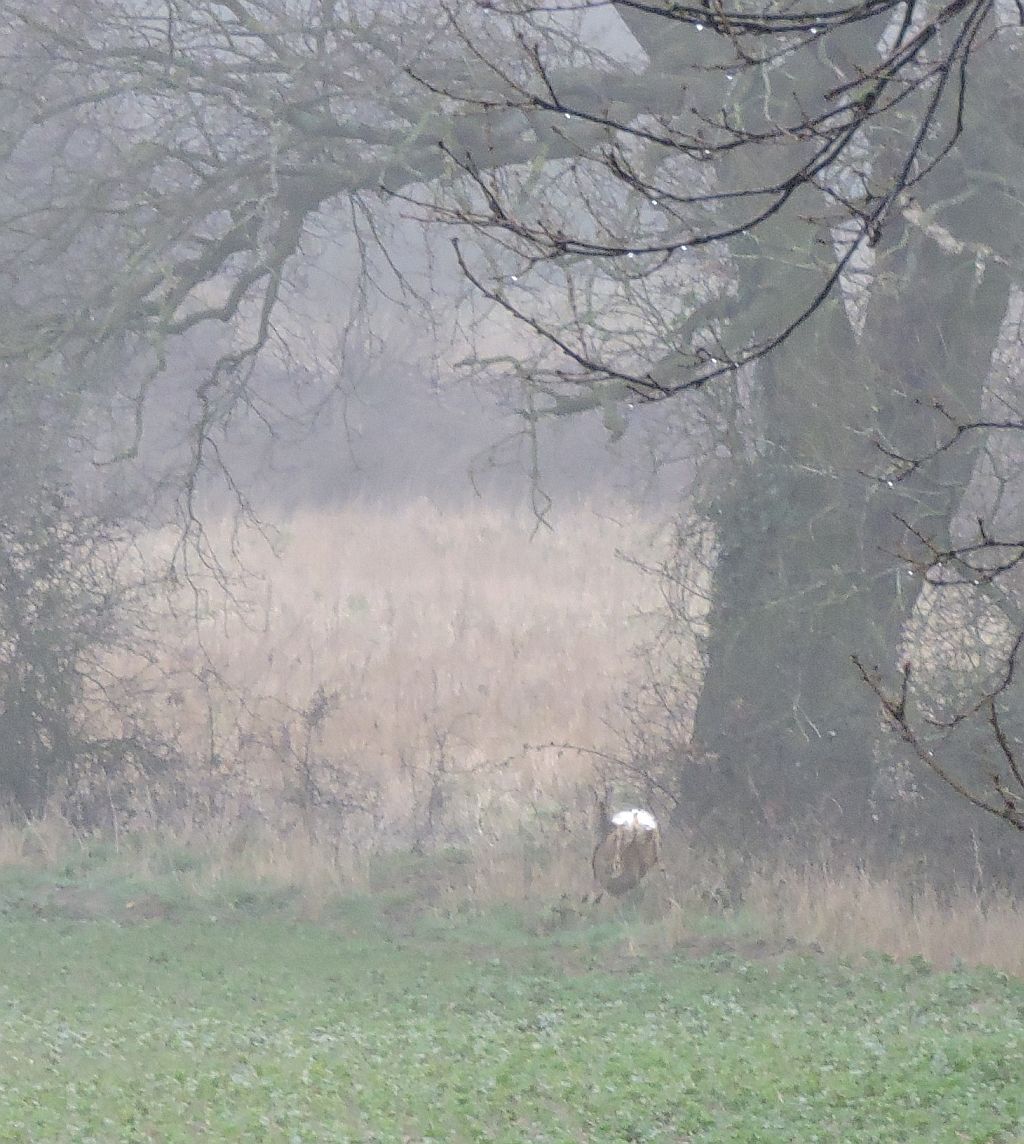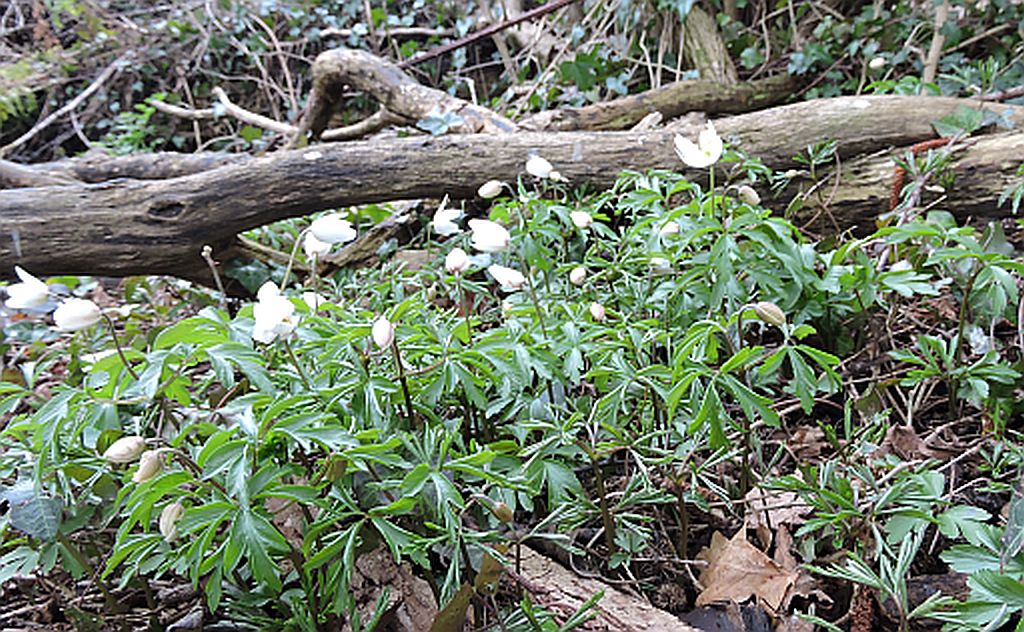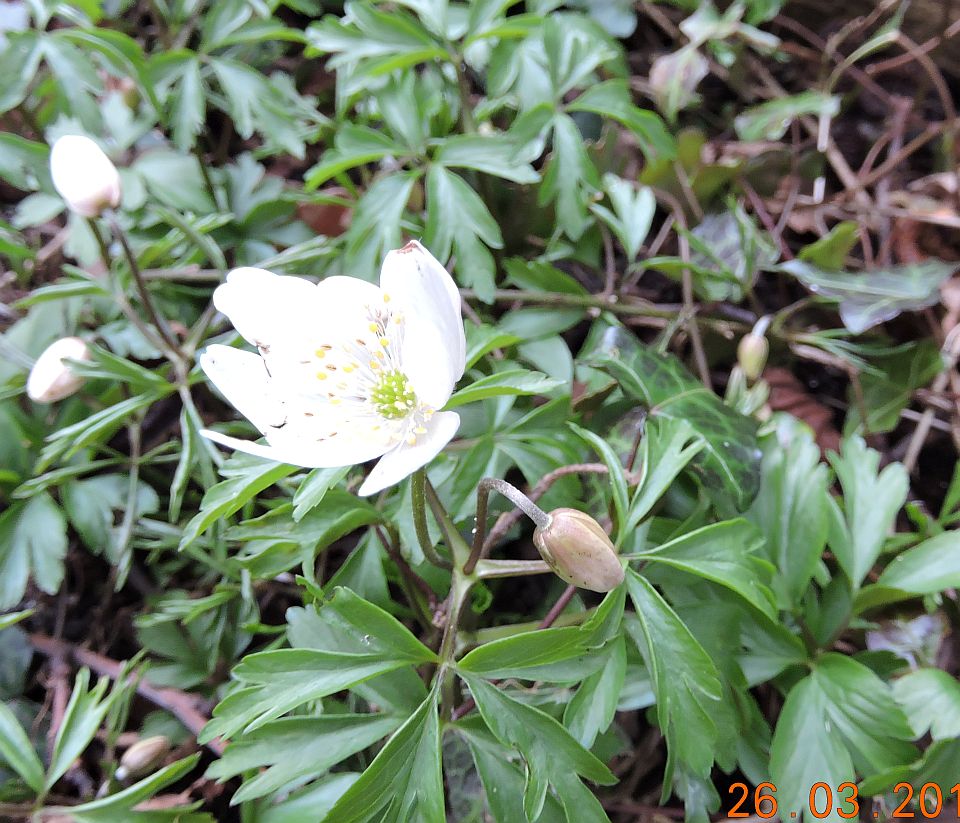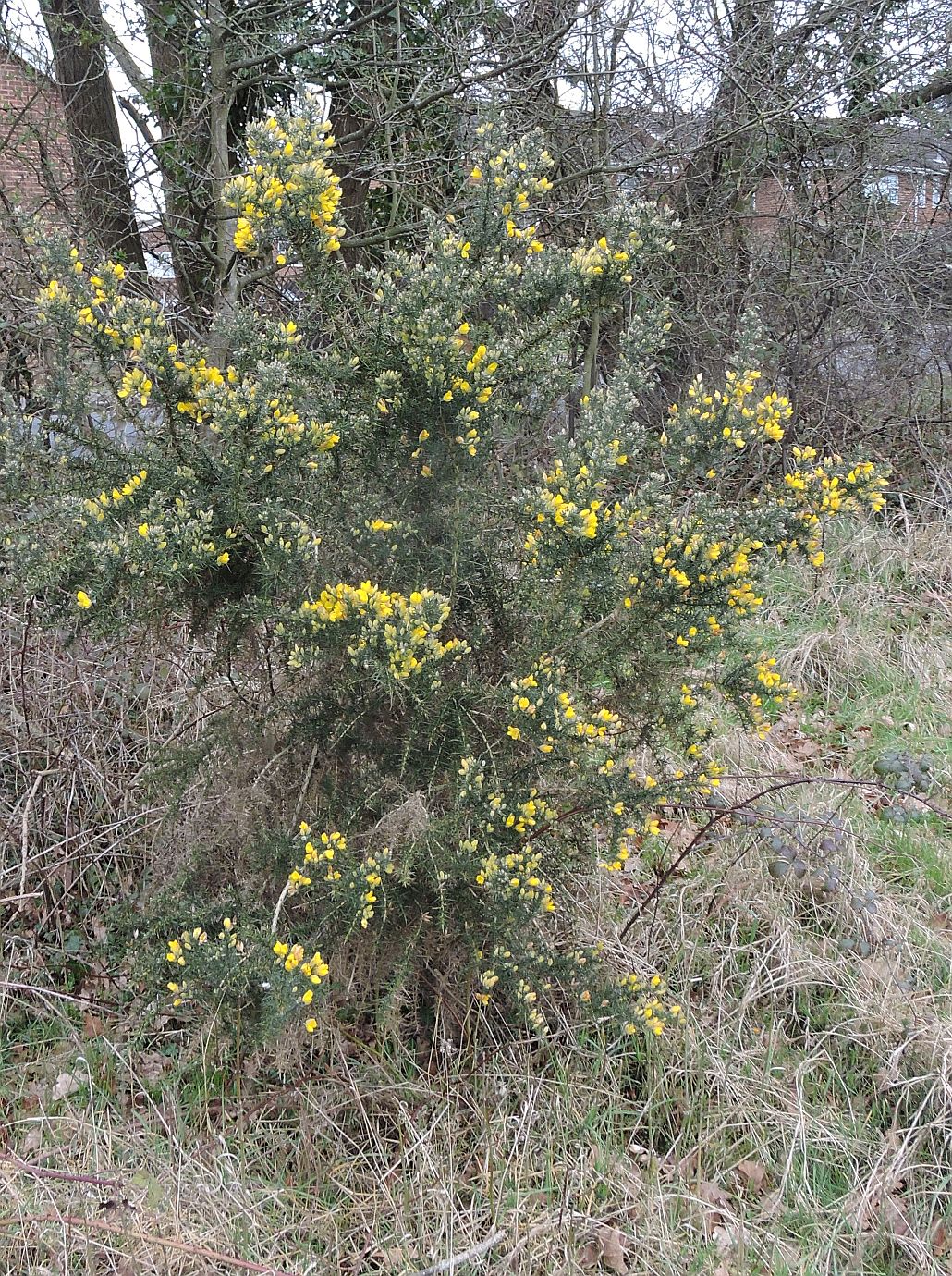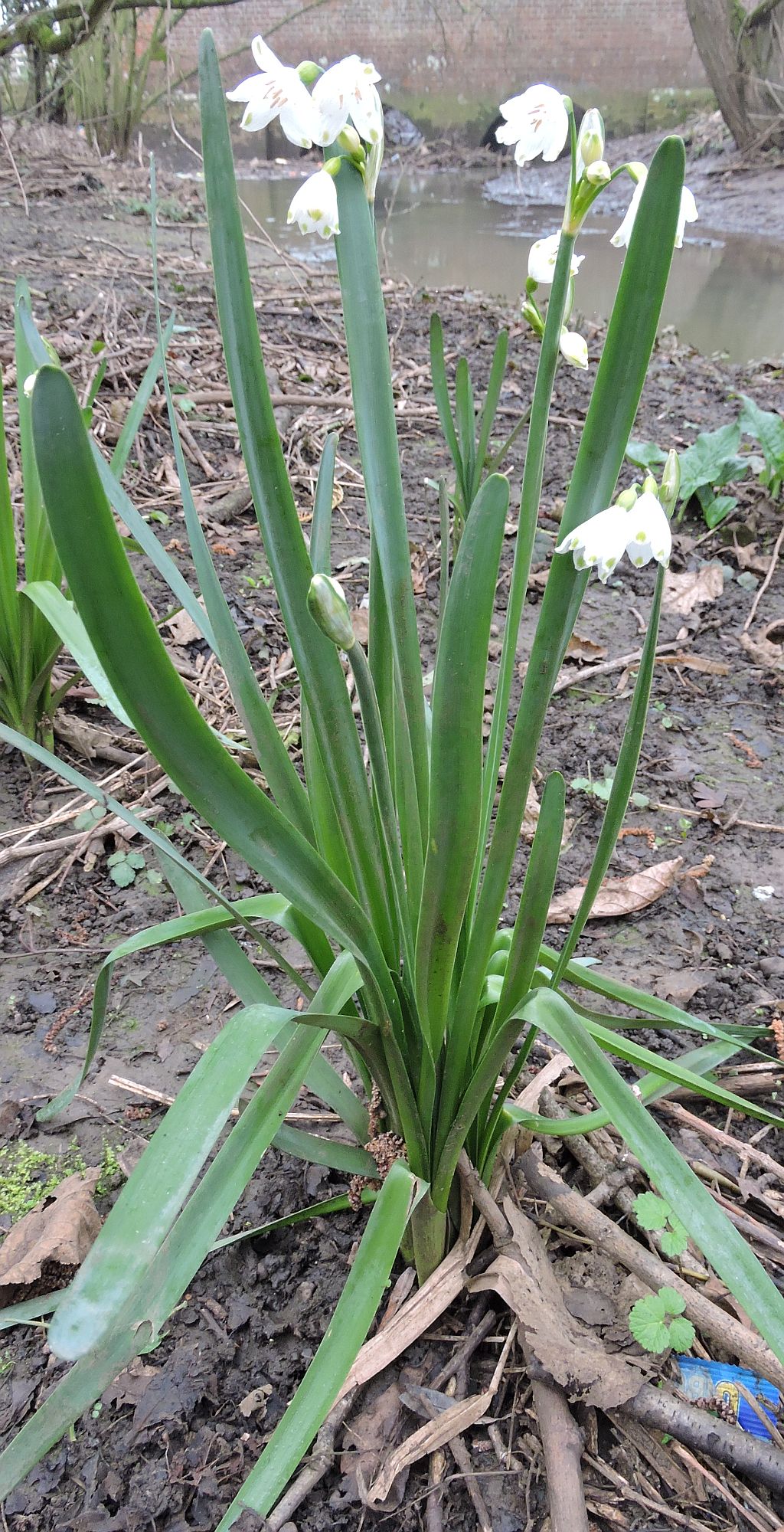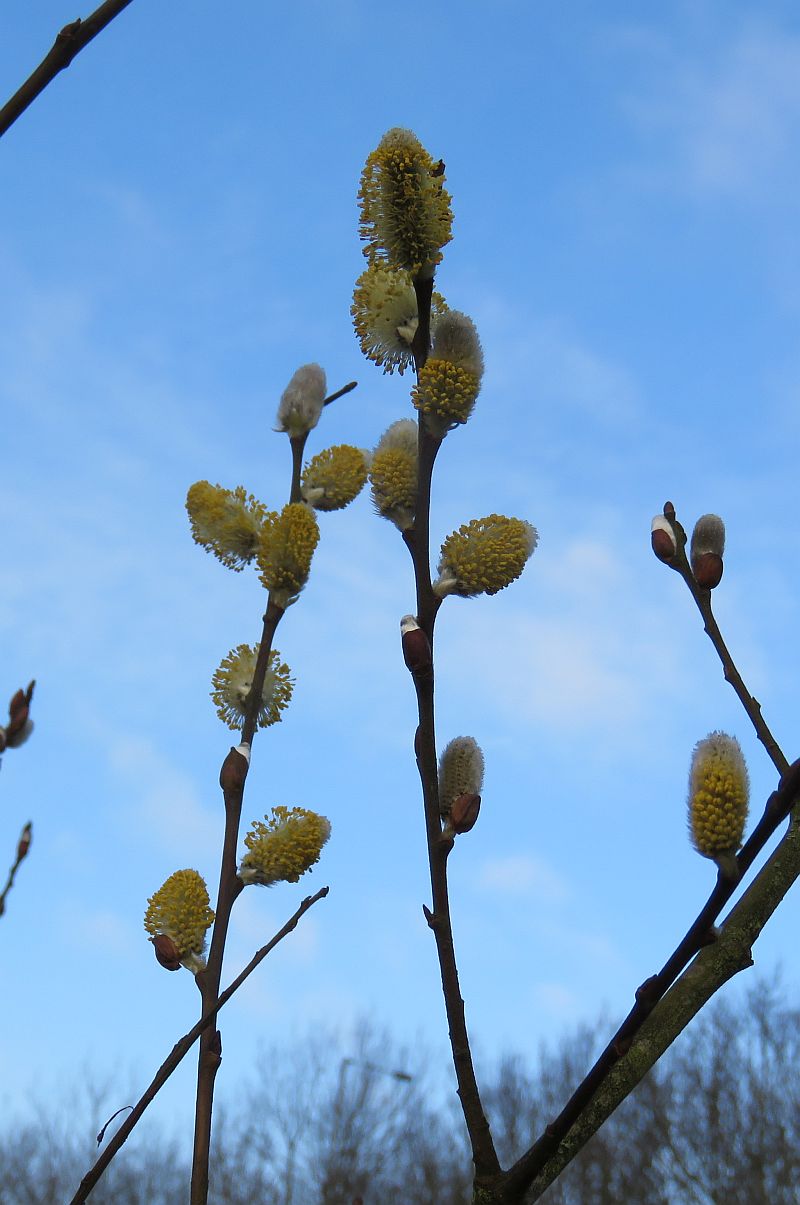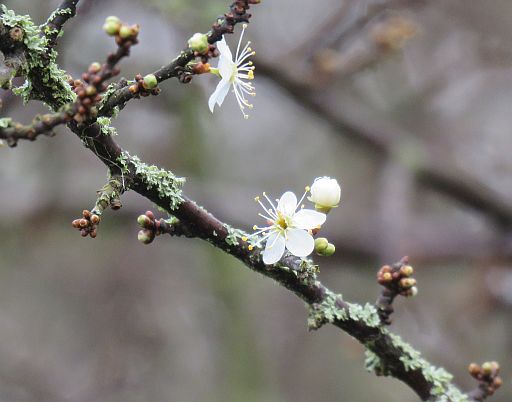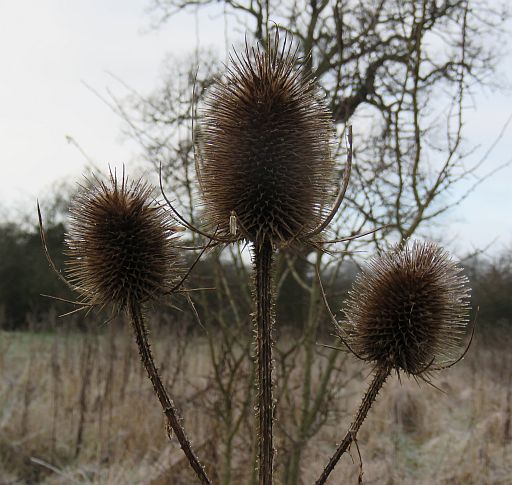
Click on the link to send in your sightings info@foteb.org.uk
For previous months sightings see Archive
The "Area Seen" refers to the 10 sections that the Brook has been split into for monitoring purposes (see Wildlife page under Monitoring ).
All sightings unless stated are from personal observations by Eddie Napper
Click on any picture to see a larger image
|
Birds 26/03/16
25/03/16 Following the previous nights rain, it was nice to be greeted with a sunny Bank Holiday morning. In my garden at 06:30 was a singing male Blackcap in the Holly bush, possibly a freshly arrived migrant . In the distance was a singing male Chiffchaff and if any further signs were needed that Spring is in the air a pair of Magpie were seen busily nest building (mostly moss and twigs) in the Yew tree in my Area 5 garden. A Starling was also seen carrying of nesting material from the garden. 22/03/16 A Sparrowhawk was seen flying over high over Area 5 this morning at 06:15. There also seemed o be a bit of Wood Pigeon movement with at least 150 seen heading N in approxiamately 1 hour. Similar reports from Fraser Cottington wathching Area 10 at around the same time who had many groups of 15-50 passing NE, certainly no less than 250 went through in 50 minutes. 21/03/16 To the rear of Tesco's carpark in Area 2 at 10:30 the first male Chiffchaff of the year was heard calling from nearby trees. Meanwhile in Area 5 to the rear of Morrisons, near Dragonfly Bridge another male Chiffchaff was calling at 11:30 from the wooded area adjacent to the Emm. 20/03/16
19/03/16 Seen during the Litter pick in Area 4 at 11:30 a Little Egret flew from the Emm to the trees. It was later seen flying N over my Area 5 house at 13:30. A male Bullfich was near Kingfisher Bridge and at least 50 Redwing were feeding on the newly mowed parkland near Meadow Road. A Buzzard was also seen flying over Area 5. On my garden feeders were 5 Siskin . 18/03/16
14/03/16 4, what I believe to be Greylag Goose flew over my Area 5 garden this morning calling at 06:15. 11/03/16 A Sparrowhawk swooped low over Brookside in Area 5, before landing on a garden fence. 09/03/16
08/03/16
07/03/16
06/03/16
05/03/16
04/03/16 Flying over Area 5 this evening were 3 Canada Goose calling. 01/03/16
|
Insects
25/03/16
17/03/16
11/03/16
07/03/16
06/03/16
04/03/16
Other Wildlife Mammals
26/03/16 In Area 5 at dusk this evening between Dragonfly Bridge and the new pond a Pipistrelle Bat Pipistrellus pipistrellus was seen by Holly Swift. Pipistrelle's usually emerge around 20 minutes after sunset. 17/03/16 In Area 5 this evening at 18:40 at Ripplestream Bridge the first Pipistrelle Bat Pipistrellus pipistrellus of the year were seen feeding over the Emm. The last few warmer days have obviously lured them out. 16/03/16 Driving home through Area 4 at 23:00 a Red Fox Vulpes vulpes was senn running through ther front gardens of houses on Meadow Road. 13/03/16
Fungi
Molluscs
Fish/ Crustacean |
Plant/Trees
26/03/16
20/03/16
13/03/16
07/03/16
06/03/16
Why do leaves change colour in the Autumn click here Autumn leaves For a review of the sightings along the Emm for the first 8 months of 2014 click here May - August 2014 Sightings |
